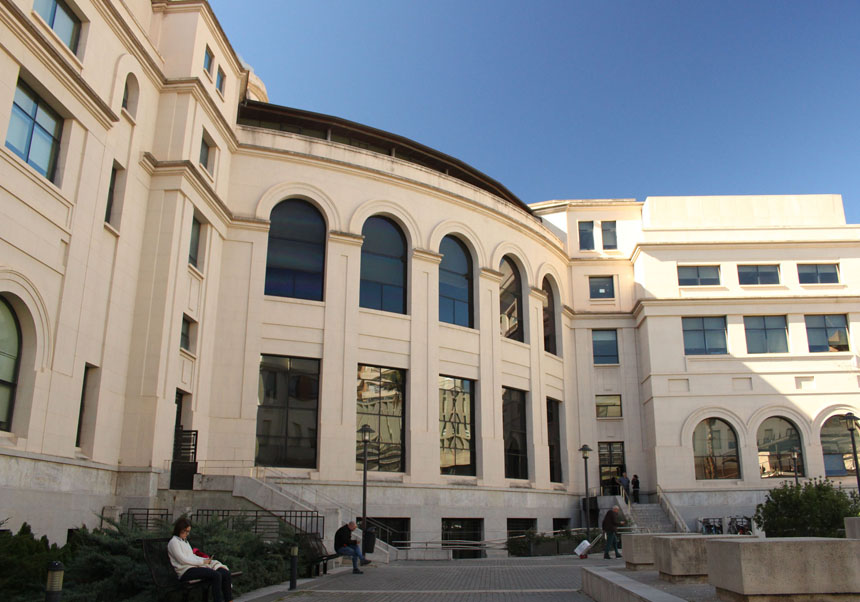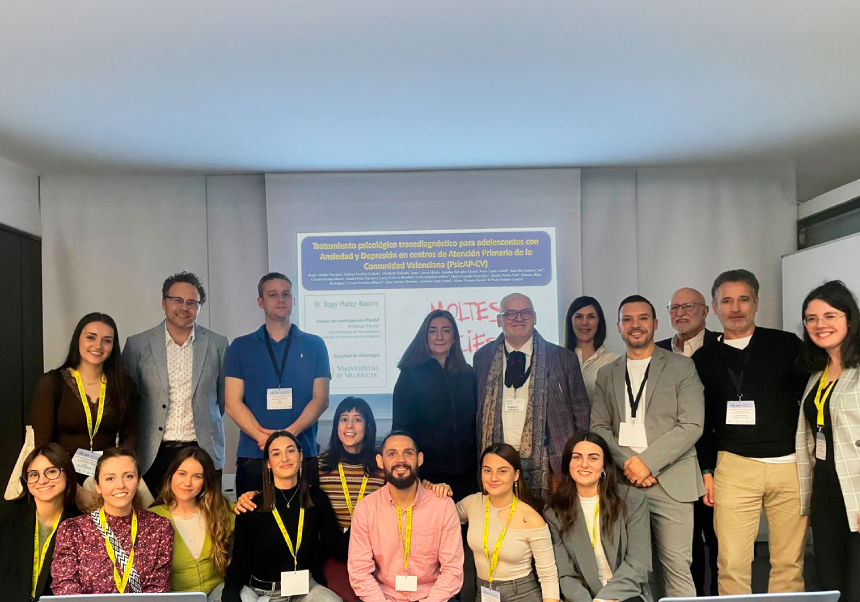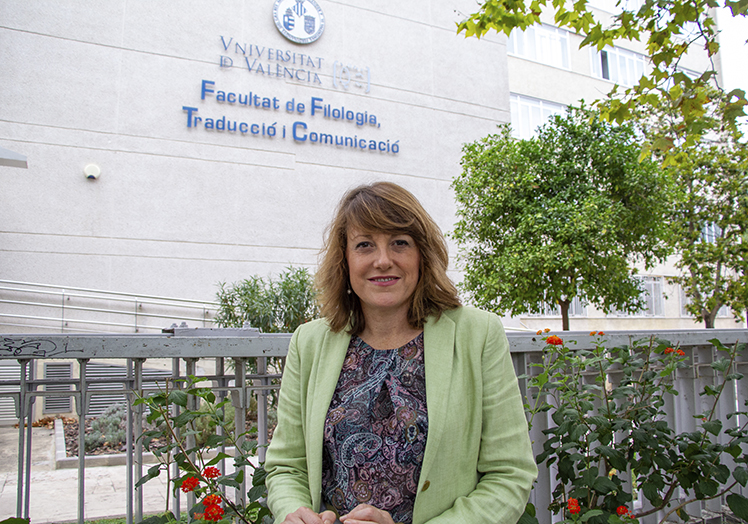The University of Valencia quantifies the damage caused by the DANA to the irrigation system and farmland in L’Horta Sud at 5.45 million euros
- Scientific Culture and Innovation Unit
- February 13th, 2025
The ESTEPA research group (Studies on Territory, Landscape and Heritage) of the University of Valencia has submitted a report to the Tribunal de les Aigües de València, estimating the economic impact of the DANA storm on the traditional irrigation system and farmland at €5,454,300. The report was presented following the Tribunal’s session, with the participation of Marta Alonso, director-general of Cultural Heritage from the Generalitat Valenciana, and Jorge Hermosilla from the University of Valencia, the two institutions responsible for the report, alongside Francisco Almenar, president of the Tribunal de les Aigües de València.
The report, commissioned by the Directorate-General of Cultural Heritage of the Department of Education, Culture, Universities and Employment of the Generalitat Valenciana, estimates that 38% of the arable land has been damaged by the flooding. This equates to 1,273.6 hectares out of the 3,354.4 hectares irrigated by the channels of the region of L’Horta Sud. Additionally, 108 kilometres of irrigation channels have been affected.
The researchers from ESTEPA highlight that the main impacts on the farmland include accumulations of soil, gravel and clay, soil erosion caused by the force of the water, overturned fences and the scattering of plant remains and urban waste (mainly plastics) across agricultural land. Fields have also been used as storage areas for vehicles, debris and soil removed during recovery efforts. In the worst cases, some sections of the irrigation channels have disappeared, either washed away by the water or buried under sediment.
Specifically, of the 265-kilometre network of irrigation channels in L’Horta Sud, 108.88 kilometres (41.1% of the network) have been affected in some way by the DANA. The most severely impacted systems in terms of length are the Séquia de l’Or, with 44.6 kilometres damaged (54.8% of its length); the Séquia de Favara, with 38 kilometres affected (49.5% of its length); and the channels of the SéquiadeBenàger-Faitanar, covering 12.6 kilometres.
The report has been authored by Jorge Hermosilla, professor of Geography at the University of Valencia, alongside researchers Jesús García Patón and José Vicente Aparicio Vayá.
Regarding the economic impact, the most significant cost is the cleaning and removal of accumulated sediment, gravel, reeds and all kinds ofwaste from the fields, amounting to €3,820,800 over the 1,273.6 affected hectares.
"The rise of the Turia River affected the weirs and water diversion structures, as well as the initial sections of the irrigation channels. However, the overflow of the Rambla del Poio caused significant damage to the irrigation system across much of the L’Horta Sud region", explains the report. In fact, the cost of clearing and removing accumulated sediment, gravel, reeds and other debris obstructing the water flow in the irrigation channels has been estimated at an additional €1,633,500.
In terms of methodology, the work plan developed to address the impact of the DANA involved the cooperation of the trustees of the Tribunal de lesAigües de la Vega de València and the participation of the irrigation guards affiliated with the institution. For irrigation channels not under the control of the Tribunal, representatives were contacted, including the Secretary of the Séquia de l’Or, the Trustee of the Comuner del Rollet de Gràcia d’Aldaia and the President of the Manises Irrigation Community. During all fieldwork, the ESTEPA-UV team was accompanied by representatives from each irrigation channel.
File in: Recerca, innovació i transferència , Difusió i comunicació científica , Facultat de Geografia i Història , Investigació a la UV , Cultura Científica , Internacionalització recerca , Producció científica




















